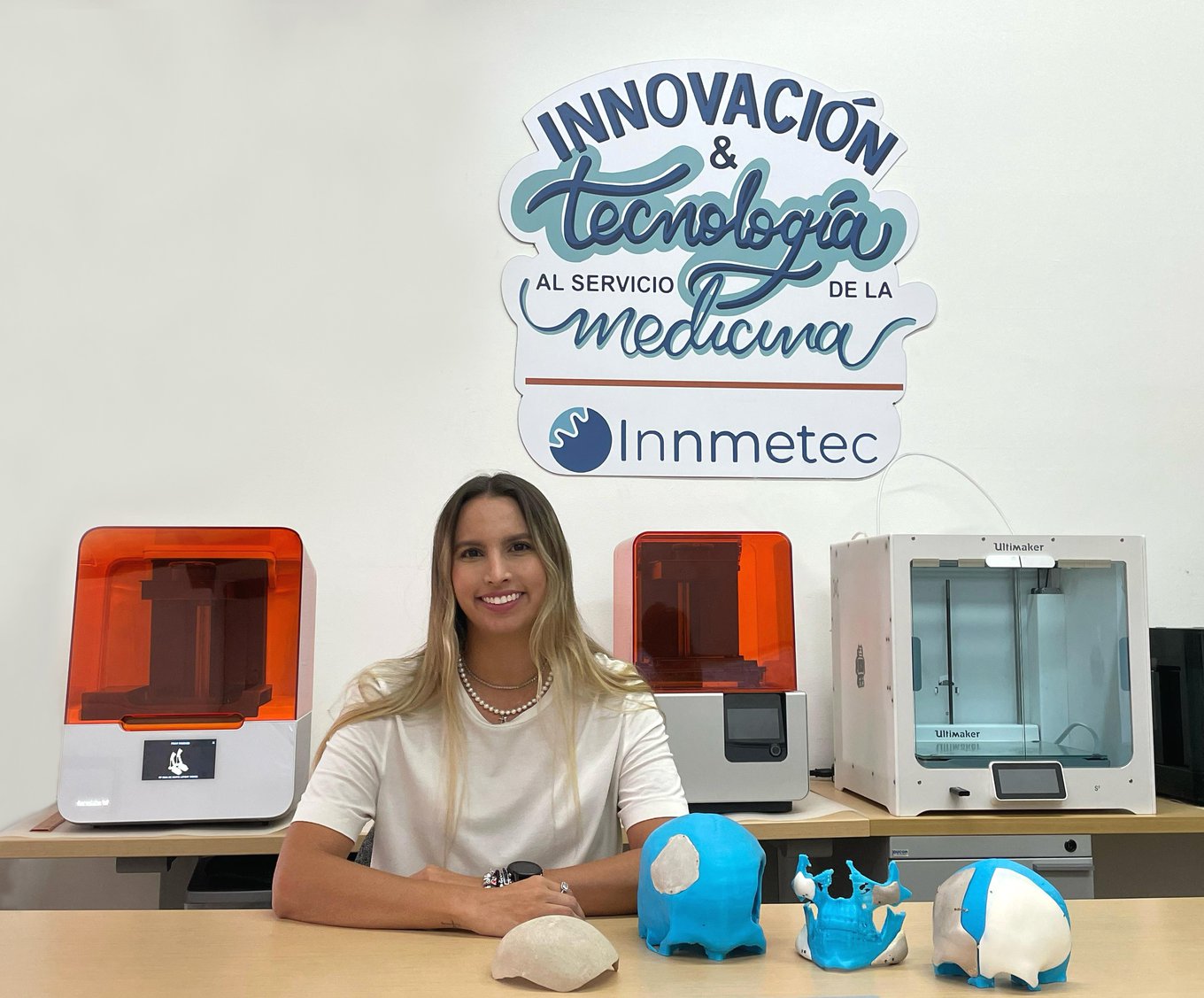Biotechnology & medicine
Catalina Isaza
Developing customized bone implants that restore patients' function and esthetics.

Latin America
Alejandro Bisi
Using technology to give more independence to children with motor disabilities through motorized standing frames.

Europe
Boon Lim
Chief Technology Officer of Oxford SimCell Limited

MENA
Mohanad Alkhodari
AI-based digital twin for the assessment of hypertension progression using multi-organ multi-modality imaging measurements.

MENA
Hoda Farhat
A sensor system capable of continuously monitoring glucose variations in a contactless and wireless manner with high accuracy.
